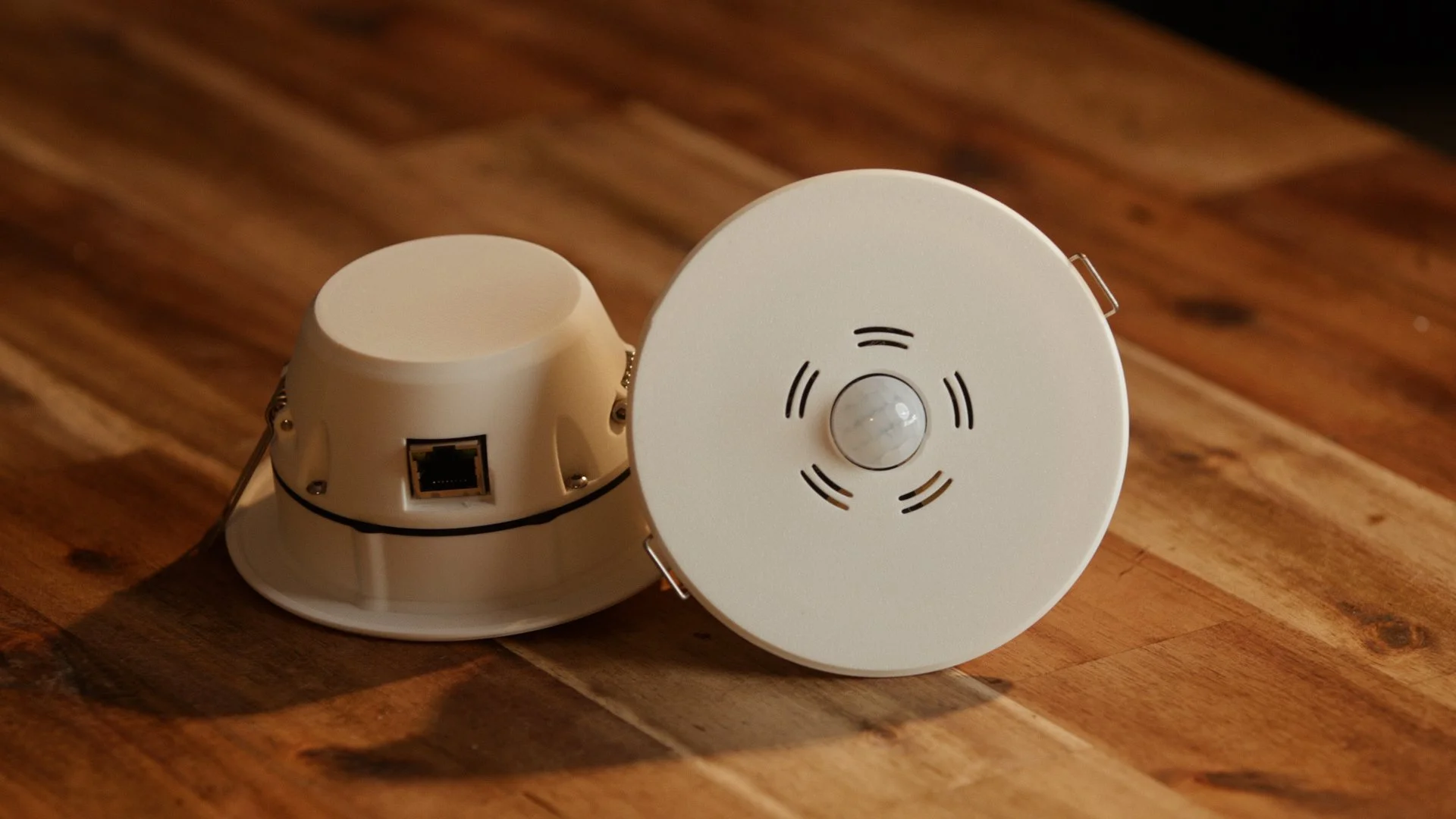The Best Smart Home Sensor Just Got Better
If you've spent any time trying to build the perfect smart home, you already know that sensors are everything.
Sure, turning lights on and off automatically is fun. But without reliable presence detection, climate control, and air quality data, your home isn't smart — it's just guessing. So when I came across a sensor from fellow YouTuber Lewis from Everything Smart Home, I thought I’d found the missing piece… almost.
The Everything Presence One sensor (EP1) is packed with features: motion, mmWave presence sensing, temperature, humidity, light levels — even CO₂, if you add the expansion module. But as much as I liked the tech inside, I wasn’t in love with how it was meant to be installed.
A Sensor That’s Smart — But Not Subtle
The stock EP1 case is tidy and well-designed, don’t get me wrong. But wall-mounted sensors with USB-C power cables dangling out the bottom just weren’t going to fly at my place. I’m chasing a clean, built-in smart home — not a science fair glued to every surface.
The Everything Presence One
I needed something that would:
Mount cleanly in the ceiling
Look like it belonged there
And could be powered without ugly USB cables
So I grabbed my calipers, fired up Fusion 360, and set out to build a better housing for the EP1.
Designing a Ceiling-Mounted Upgrade
My plan was to replicate the look of our existing downlights so that the sensors would vanish into the ceiling. I took a few measurements from a spare light fitting, then modelled a new enclosure that would fit the EP1’s PCB and bubble lens — while leaving room for a hidden Power over Ethernet (PoE) adapter tucked neatly in the back.
The naked POE module
After a few rounds of prototyping and a few too-small-to-fit-through-the-hole design failures, I landed on a design I’m genuinely happy with. The housing installs like a standard downlight, complete with spring clips — just push it in and you’re done.
It looks nothing like a smart sensor. And that’s exactly the point.
Powering with PoE
To keep the install clean and eliminate wall warts, I used a dismantled PoE to 5V adapter hidden inside the enclosure. I used some little female dupont cables to the EP1's header pins, keeping everything compact and tidy.
Installing the EP1 PCB
Right now I’m only using PoE for power — but I’m very excited about the future version Lewis teased that will support Ethernet data too. When that releases, upgrading should be a plug-and-play swap.
Installing the new downlight-like EP1 sensor
The Results
The completed sensor
These new ceiling-mounted EP1s are already one of the most important parts of my smart home. With mmWave + motion sensing, I can reliably tell when someone’s in a room — even if they’re just sitting still reading a book. That data powers automations like:
Activating aircon zones only in occupied rooms
Turning off lights when a room’s truly empty
Alerting me when CO₂ levels get too high in bedrooms or the office
I also added a temperature offset to account for any heat the PoE module introduces — and now every stat is accurate, fast, and reliable.
Want to Build Your Own?
I've uploaded the full 3D model, BOM, and notes to Printables for anyone who wants to make their own version.
Parts
Downlight springs (anything up to 18mm wide should work)
6 x M3x12mm
1 x M3x6mm
2 x M3x25mm
What’s Next?
Now that I’ve got reliable room-by-room presence detection, I’ll be using this data to properly automate my ducted air conditioning — a project that’s already showing massive potential in testing.
That’ll be the next video, so hit subscribe on The Stock Pot if you haven’t already.
And if you’ve got ideas for improving this design, I’d love to hear them. Hit me up in the comments or drop me a message.






